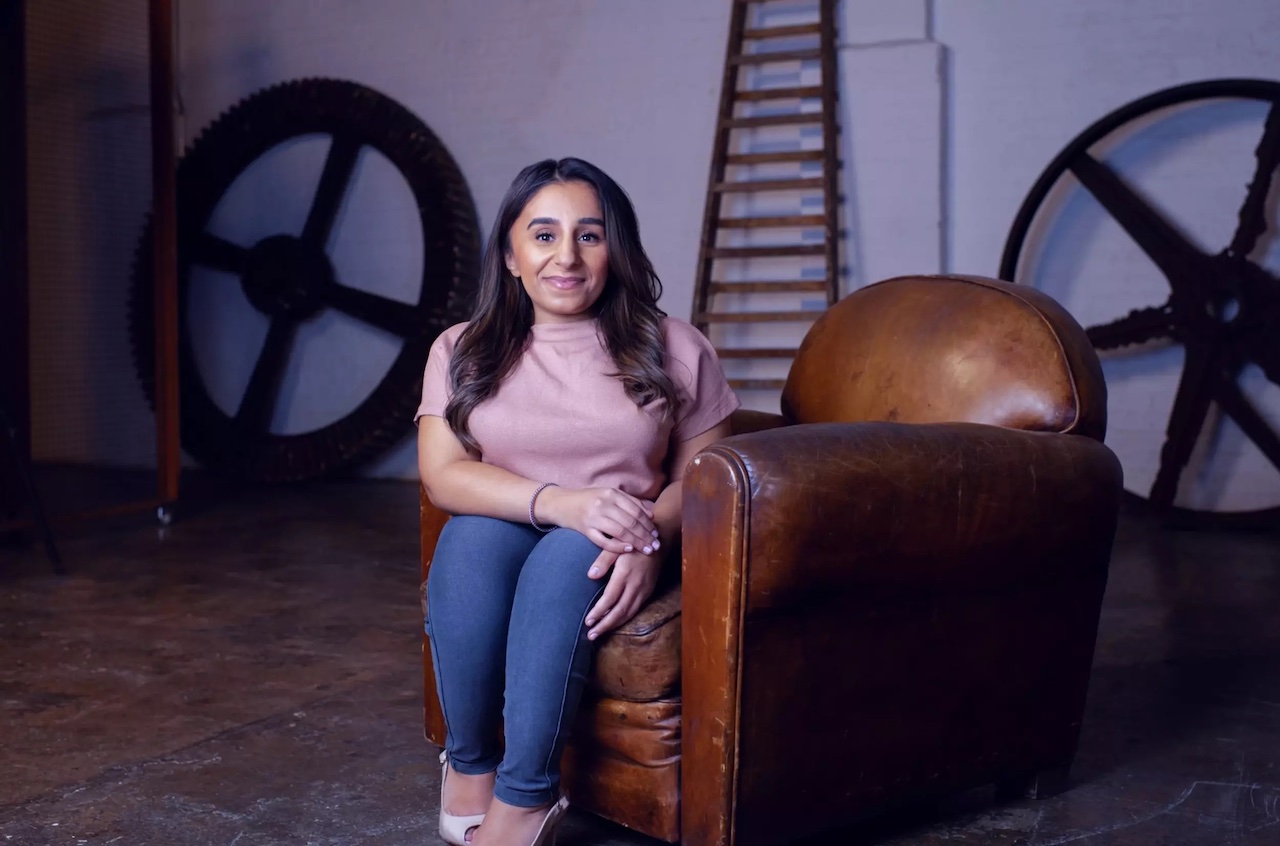

Jay Shen was waiting to get off a train when he realized what he wanted to do with his life. A student at England’s prestigious University of Warwick at the time in 2016, Shen had shared a short conversation with a fellow passenger who was using a wheelchair. The man explained that he was anxious about being able to get off the train because ramps weren’t always available, even though he’d request assistance.
The conversation stuck with him and within a week, Shen, an engineer whose main interests at the time were blockchain technology and the “Internet of things,” had created a prototype of an app that could solve his fellow passenger’s problem. Within a month, he was demonstrating the technology to decision makers in the UK’s transport industry.
Fast forward to 2022 and the app he built in his garage, “Passenger Assistance” has been downloaded more than 27,000 times since its launch in 2021. It’s been featured on the Apple App Store homepage and it counts high profile athletes and politicians among its users.
The purpose of the technology is quite simple. It helps rail passengers with accessibility requirements, for example needing a ramp to get their wheelchair on or off a train, or needing someone to guide them through a busy station, to arrange and manage that assistance more easily. It puts passengers in charge of their journey in a way they haven’t been before.
Prior to the launch of Passenger Assistance, passengers would have to arrange their assistance by phone, resulting in lengthy wait times and uncertainty. This was a barrier to inclusion for many travelers as it meant same-day journeys were extremely difficult to arrange. To Jay, his team and the accessibility panel they established, this was unacceptable.
Thousands of rail journeys are made everyday, however for the 14 million disabled people in the UK, arranging help can often be a huge challenge full of time consuming complications, complex logistics and discomfort. Transreport’s aim is to make sure everyone can travel freely with comfort and ease.
“Since launching in the UK, we have received the most incredible stories from users of the Passenger Assistance app who have travelled freely, often for the first time, to visit family, enjoy days out and get to work. Seemingly normal journeys for many, but full of complexities and anxieties for the disabled community,” says Shen.
As well as building technological solutions, the Passenger Assistance team are working to raise awareness of challenges and misconceptions that affect their users.
“Accessibility anxiety” is one such challenge. There is an inherently higher level of anxiety involved when traveling with accessibility needs. Things like closed entrances, out of service lifts and bathrooms and even damaged paving can have a major impact on whether a passenger is on time or not. The outcome is that many disabled passengers have to arrive extremely early for journeys to mitigate these barriers. This has a social and financial cost.
“Disabled and neurodivergent people have to plan in more detail when they travel and allow for unpredictable changes like lifts being out of order, toilets being closed and accessible entrances being temporarily shut. Unlike train delays and road closures which are normally communicated in advance, these barriers to access are harder to predict for transport users. Many Passenger Assistance users tell us they experience anxiety when planning a journey,” says Shen.
The Passenger Assistance team are working to add functionality to their tools that allows users to alert other passengers to dynamic situations, such as broken lifts or closed entrances. Think of it like Tripadvisor for train stations.
The Passenger Assistance team also wants to change the narrative around accessibility. The message they want to spread is that accessibility is everyone’s business.
“Pushing for better accessibility in society is the same as putting money into a pension, it is an investment in our own future,” says Shen.
Shani Dhanda is a disability specialist, speaker and activist. She regularly uses Passenger Assistance to plan her journeys. “Passenger Assistance is revolutionary in the way it has enabled disabled passengers to travel with more confidence, spontaneity and independence. This technology helps the transport sector to provide support tailored to disabled people’s individual needs, in a dignified and efficient way, meaning we can focus on enjoying our journey,” says Shani.

“We are an accessibility business first and foremost,” says Shen.
“Our ambition is to use innovative technology to improve social and economic outcomes and to make people’s everyday lives easier, particularly the most vulnerable groups within our communities. We’re already exploring how we can take this solution and apply it to other modes of transport such as buses and coaches, and air travel.”
Improved accessibility benefits all of us. If a space or a service works well for people with extra accessibility needs, it works better for people without them. And only a small percentage of disabled people are disabled from birth. The overwhelming majority of people that become disabled acquire their impairment because of an injury, illness, or old age. So it is imperative that public transport be barrier-free and adapted to meet the needs of all people equally.
The Passenger Assistance technology has a legitimate claim to the unofficial title of “world’s most accessible tech.” Because of the diversity of needs present in its user base, including motor impairments, blindness and cognitive impairments, the app has to be accessible to an extremely wide range of needs. Some users can’t use a touchscreen, others can’t see, and others need a different kind of layout and user experience to help them get the most out of the technology. Users can create a bespoke profile that includes their impairment and their accessibility requirements.







